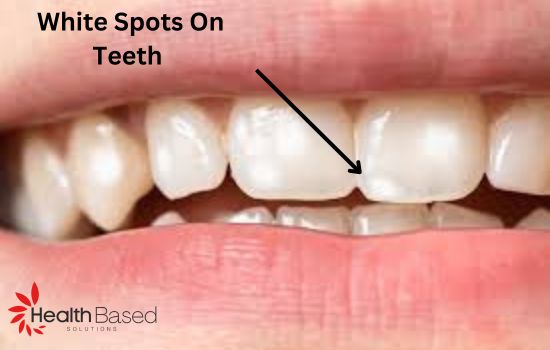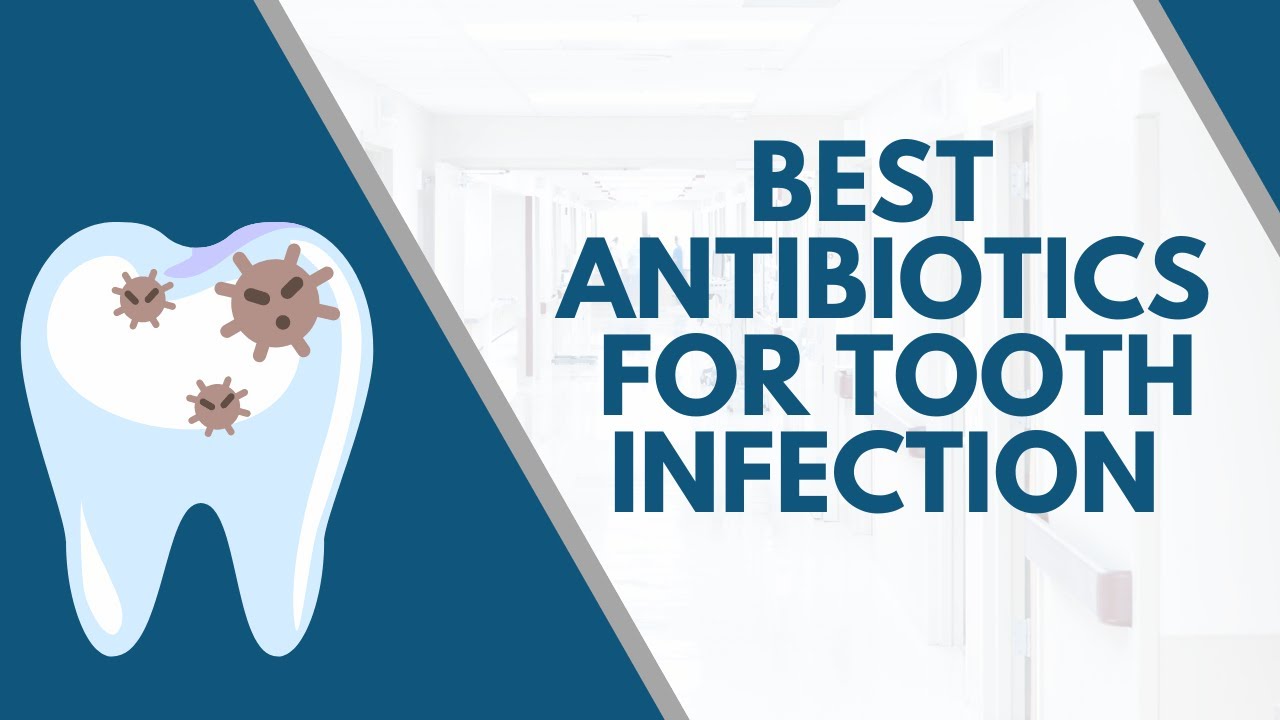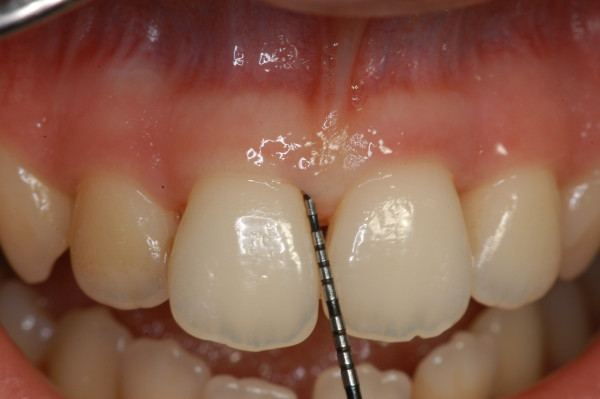White spots on teeth can impact your self-confidence, as a shiny and even smile largely depends on the appearance on your teeth. Spots on your teeth can be both concerning and frustrating. Fortunately, there are ways to reduce or eliminate these spots and prevent them from coming back.
In this article we aim to provide you with all facts that may cause white spots on your teeth, possible treatment options. So stay connected with us to get and maintain your shiny smile and confidence.
What Are white spots on your teeth?
White spots on teeth are discolored areas that may show enamel loss or deficiency of calcium. They can be caused by a variety of factors and often appear as chalky or opaque patches.
Common causes of white spots on teeth
Understanding what causes these spots can help in treating and preventing them.
1. Poor oral hygiene
Incorrect flossing and brushing can cause plaque buildup, which can lead to white spots on teeth.
2. Fluorosis
Excess fluoride exposure during childhood can weaken enamel, resulting in white marks.
3. Enamel hypoplasia
This condition leads to thinner enamel and results from factors like malnutrition or the use of certain medications during your tooth development.
4. Diet high in sugar and acid
Frequent consumption of acidic or sugary foods and drinks can erode enamel, causing white spots.
5. Orthodontic treatments
Braces make it harder to clean your teeth properly, increasing the risk of plaque buildup and white spots.
How to get rid of white spots on teeth
You can choose from several options to reduce or eliminate white spots.
1. Maintain good oral hygiene
Good oral care can prevent new spots from forming and help reduce the appearance of existing ones.
Brush two times daily
Brush your teeth with fluoride containing toothpaste and brush for minimum 2-3 minutes.
Floss daily
This helps remove your plaque from the area that hard-to-reach between your teeth.
Use a Mouthwash: An antibacterial mouthwash can help fight bacteria and strengthen enamel.
2. Professional fluoride treatment
If needed your dentists will give you fluoride treatments to help remineralize your enamel and make white spots less evident.
How It works:
Fluoride strengthens your tooth enamel and can lessen the appearance of white spots over time.
3. Microabrasion
This is a cosmetic practice where your dentist eliminates a thin layer of enamel to lessen the appearance of white spots.
When to consider:
Microabrasion is effective for mild cases and may be combined with whitening treatments for better results.
4. Teeth whitening
Professional whitening treatments can help even out the color of your teeth, making white spots less prominent.
Options:
You can choose from in-office treatments or custom take-home whitening kits.
5. Veneers or bonding
For severe cases, dental veneers or bonding may be necessary to cover white spots.
Veneers: Thin porcelain shells that shield the opposite of your teeth.
Bonding: A tooth-colored resin applied to hide faultiness.
Natural remedies to try at home
While professional treatments are more effective, you can try some natural methods.
1. Oil pulling
Swishing coconut oil in your mouth for 15-20 minutes daily can help remove toxins and improve oral health.
Why it works:
Coconut oil has antibacterial properties that can reduce plaque.
2. Baking soda paste
Applying a paste of baking soda with water can help you to get whiten teeth and minimize white spots.
How to Use:
Apply this paste on your teeth and leave it sit for a couple of minutes before rinsing.
3. Apple cider vinegar rinse
A diluted apple cider vinegar rinse may help remove stains and bacteria.
Note: It’s better to dilute the vinegar to avoid damage to your enamel.
Prevention tips
Preventing white spots is easier than treating them. Here’s how:
1. Reduce sugar intake
Limit your consumption of sugary snacks and drinks, which can weaken enamel.
2. Drink plenty of water
Keeping yourself hydrated can help remove germs and food particles.
3. Use a straw
When you drink acidic beverages, always use a straw to reduce contact with your teeth.
4. Get regular dental checkups
Visit your dentist as a minimum twice a year for checkups and cleanings.
When to see a dentist
If white spots persist or worsen, immediately make an appointment with your dentist. As they can suggest you appropriate treatments based on the severity and cause of dental problems.
Conclusion
White spots on teeth may be unsightly, but they are treatable. With proper oral hygiene and the right professional treatments, you can restore your confident smile. Remember, prevention is key, so take care of your teeth and avoid habits that weaken your enamel.
FAQs
1. Can white spots on teeth go away naturally?
White spots may fade with good oral hygiene and fluoride use, but professional treatment is often needed.
2. Are white spots on my teeth a indication of cavities?
Not always. White spots can indicate enamel issues or mineral loss, but they don’t necessarily mean you have cavities.
3. How long does it take to see results from fluoride treatment?
It varies, but noticeable improvements may be seen in a few weeks with consistent treatment.
4. Is microabrasion safe for teeth?
Yes, microabrasion is a safe procedure when performed by a professional dentist, to improve appearance of enamel.
5. Can diet affect white spots on teeth?
Absolutely. A diet high in sugar and acid can contribute to enamel erosion and white spots.






